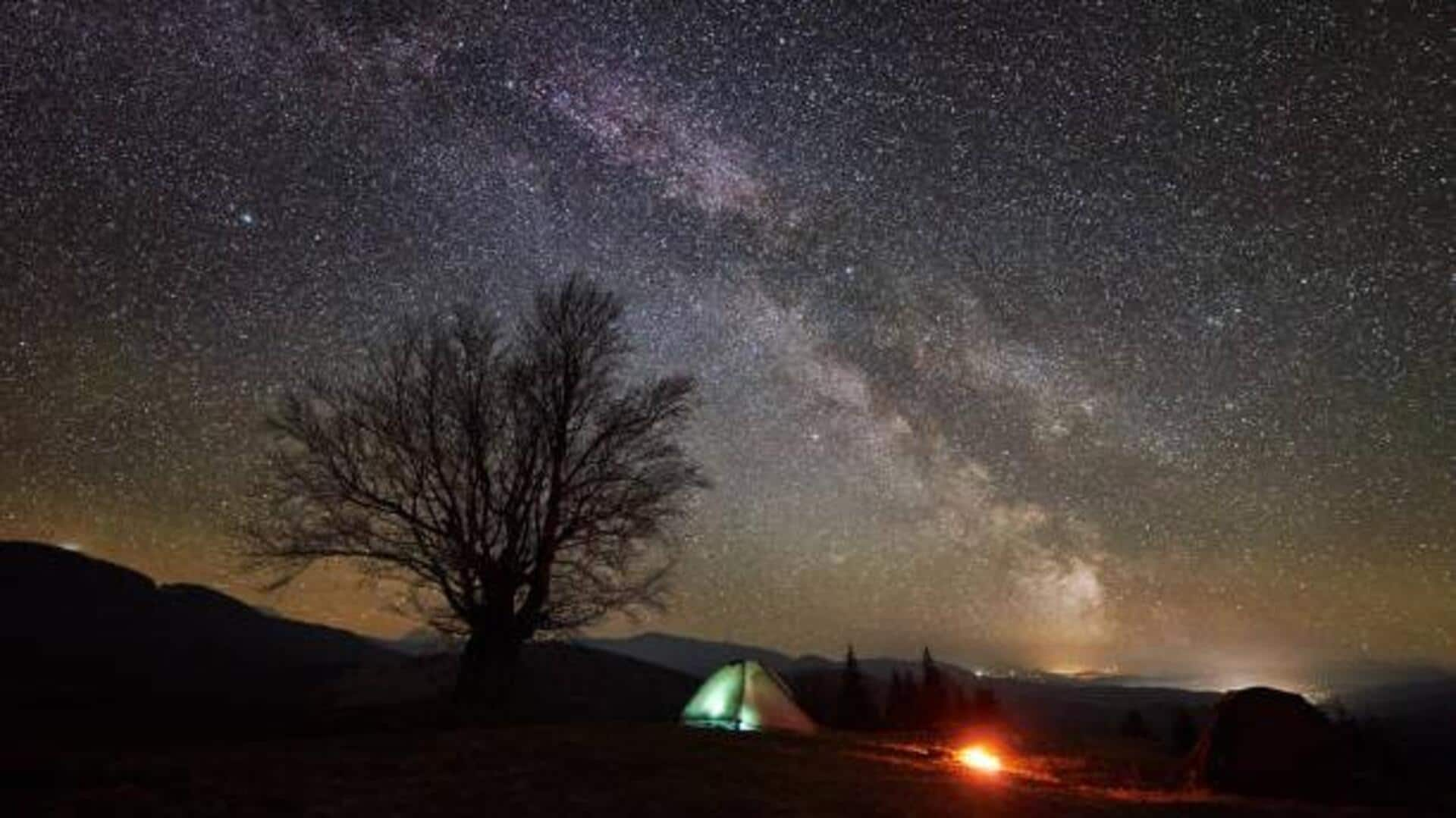
Hike under the stars: Trails for astronomy lovers
What's the story
Astronomical hiking trails combine adventure with stargazing, making them perfect for anyone who enjoys a good hike and loves to gaze up at the stars. These trails, with little to no light pollution, allow hikers to observe stars and planets in all their glory. They provide a unique experience to amateur astronomers and nature lovers alike, making every trip unforgettable under the stars.
Hawaii
Mauna Kea's starry heights
Mauna Kea in Hawaii is famous for its clear skies and high altitude, making it the perfect spot for stargazing. The summit provides stunning views of the Milky Way and several constellations. With an elevation of over 13,000 feet above sea level, you will encounter some of the clearest skies on Earth. Do acclimatize properly owing to the altitude and check local guidelines before visiting.
Pennsylvania
Cherry Springs State Park's dark skies
Pennsylvania's Cherry Springs State Park is famed for its unbelievably dark skies. Away from city lights, it's one of the finest spots on the East Coast for stargazing. The park also features dedicated areas for astronomical observation equipped with benches, and information boards of constellations visible in different seasons.
Alberta
Jasper National Park's celestial views
Alberta's Jasper National Park is another designated Dark Sky Preserve, covering over 11,000 square kilometers. With so much territory, the park offers multiple locations to enjoy unobstructed meteor shower views or even catch auroras at certain times of the year. The park also hosts annual events for astronomy enthusiasts eager to explore terrestrial landscapes by day and celestial wonders by night.
New Zealand
Aoraki Mackenzie International Dark Sky Reserve
The Aoraki Mackenzie International Dark Sky Reserve in New Zealand promises pristine conditions for the stunning southern hemisphere starscapes, including the iconic Magellanic Clouds or Southern Cross constellation. Such sights can only be seen from this region's latitude, facing south towards the Antarctica continent itself. Plan accordingly, as weather patterns might affect visibility at times. However, overall chances remain favorable.